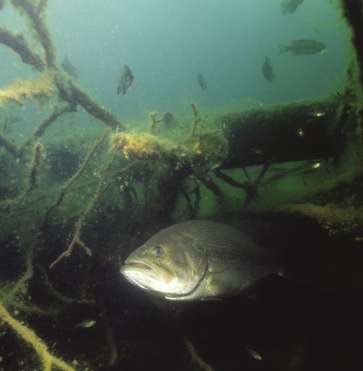
Todd Driscoll, a district fisheries biologist for Texas Parks and Wildlife, competes in nearly three dozen bass tournaments a year. Driscoll has learned that performing well at the scales is dependent on his ability to find the big bite — and that the big bite is often directly connected to the life cycles of the forage bass feed on. Because location and behavior of forage species varies with changes in their life cycle and habitat, the more significant big bite patterns differ throughout the year.
“This predator-prey phenomenon is probably in play in most lakes and reservoirs around the country,” Driscoll says. “A big bass is an opportunistic feeder, and if you exclude the spawning period, its behavior and distribution in a particular fishery is always based on habitat and what the forage species are doing. And so, a good knowledge of the forage base is important when you’re trying to maximize your time and the fish you catch.”
Few fisheries demonstrate this forage-bass dynamic as well as Texas’ legendary Lake Fork. Experienced guides like Mark Pack and John Tanner also recognize this connection. In order to consistently catch quality bass, the two guides adjust their angling strategies to match the changing seasonal patterns, concentrating their efforts on the most productive big fish pattern at the time.
When Spring Has Sprung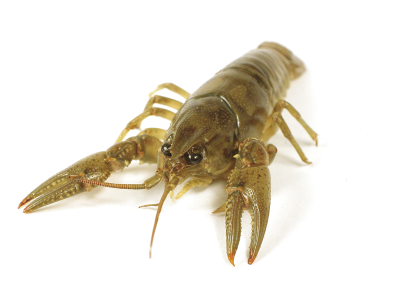
The first big fish forage pattern of the year on Lake Fork is well established and occurs on most east Texas fisheries. In January, when bass are in their prespawn stage, an important forage of big fish is crawfish. The bass are starting to move up creeks, working their way into spawning areas. They’re holding along points and flats, adjacent to channel swings.
“When the bass are staging for the spawn in east Texas, the lipless crankbait bite is unbelievable,” Driscoll says. “It’s probably the most productive pattern during this period and there’s a good reason for that. This pattern is associated with hydrilla, and crawfish really like to occupy aquatic vegetation.”
According to Driscoll, crawfish construct burrows in late spring and summer, to rear their young. The young crawfish remain with the female until they begin emerging from their burrows in the fall.
“You have all these juvenile crawfish out and about on their own, without the protection of the burrow, beginning in fall and continuing through early spring,” Driscoll explains. “These juvenile crawfish are very active, they’re growing and molting. It only makes sense that largemouth associated with aquatic vegetation are going to be preying on those vulnerable crustaceans at that time.”
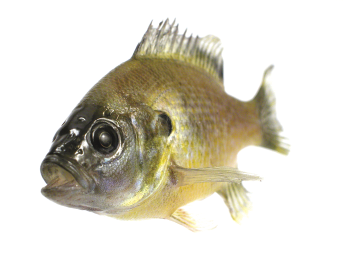
Immediately after the spawn, the big females move off the spawning areas and stage along the first significant depth change. This is about the time sunfish begin moving into the vacated flats and spawn in colonies, close to cover.
“A week or two after the bass finish spawning, you will see large bass charging the spawning sunfish,” explains Tanner. “When the bass were spawning, the sunfish raided their nests. When the sunfish go to spawn, the roles switch and bass will hammer the sunfish.”
The Summer Swing
Beginning in mid-April, another big fish pattern emerges. It coincides with the beginning of the shad spawn. This pattern is well-known and fairly predictable on southern impoundments. Lake Fork guides know the shad spawn draws good numbers of sizable bass. The best action occurs around the hours of dawn and dusk, when the peak of the spawning activity takes place.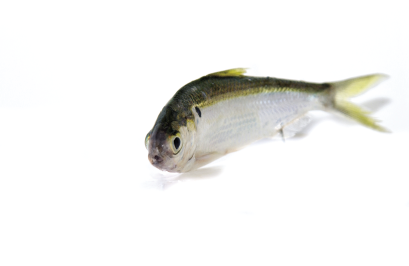
“The shad are up there in the tens of thousands,” Pack explains. “The bite will last from dawn until about 10 o’clock and during the last hours of dusk. In May, we were catching 25 to 30 fish within the first three hours of the day.”
During the day, the bass suspend over the structure and in deeper water. When the shad move shallow to spawn, the bass follow and trap the baitfish against the bank and water surface. Thus begins the classic summer, deep-schooling pattern.
“The points don’t have to have cover on them,” Pack says. “The key is finding windblown points. If there’s wind present, the shad will be stacked on the point and the big bass will be there, too. The key to finding them is finding birds, like herons.”
While it’s true, a high percentage of Fork’s big bass are caught from relatively deep structure in summer, there’s another big bite pattern on the lake that may not be as well-known, but it’s consistent. A population of bass, including fish over 10 pounds, will remain shallow and feed on the variety of forage available in the shallow cover.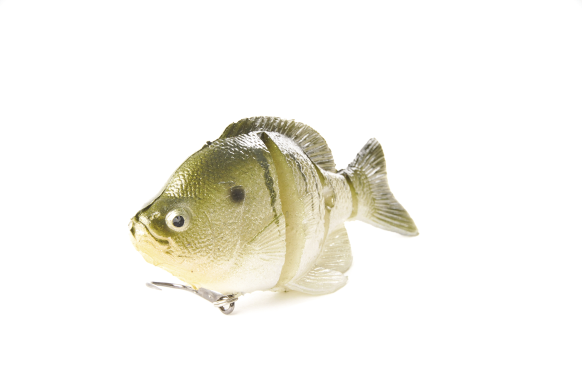
When a summer storm system blows in and skies are overcast, the deep fish suspend and scatter. Understandably, this makes it tough on guides and their clients. This is the time Pack “switch hits,” moving away from his main-lake fish and into the back of creeks.
“I go up in those creeks because there’s less water for the fish to suspend in,” Pack says. “I look for secondary points and channel swings, where an area’s deepest water is close to shallow cover. I have caught 12-pounders, in the heat of the summer, in these creek areas. In fact, I remember being up Birch Creek and catching a 12.8-pounder while fishing a grass edge with a Castaic Sunfish. I caught him up against a channel swing bank and he took me into the grass. The bass were busting on huge bluegills, along that edge of the cover. A low pressure system moved in and had ruined my deep bite, so I moved up into the creek.”
The Fall Turnover
In the fall, when the lake starts turning over, there’s a tremendous movement of shad and predators into the shallow water areas. In the summer on Lake Fork, the thermocline is between 28 to 30 feet and is where the most oxygen is found. Because there’s very little oxygen below this level, the baitfish and predators stay close to the thermocline zone.
When the first big cold front arrives in early fall, it causes the now colder surface water to sink to the bottom and that pushes the oxygen depleted water at the bottom of the column to move upward. The thermocline and oxygen are depleted. And so, the only oxygen to be found is up in the shallower creeks and they move shallow.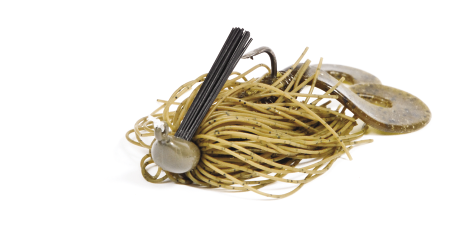
Immediately after the turnover and the settling of the water column, shad begin making their way back out to points and flats, adjacent to the main body. It’s during this time when one of Lake Fork’s more extraordinary feeding patterns starts producing trophy-size bass. Like the bass, yellow bass (called barfish by locals) follow the shad schools during turnover. When the forage and predators return to deeper water, the barfish school up over humps and deep points and are an easy target for the reservoir’s biggest predators.
Guides discovered this pattern when targeting largemouth feeding under large schools of shad. After hooking a barfish on a shad-size spoon, a big bass would come up and eat the struggling fish. Many guides reported catching a good number of 10-pounders from under barfish and the search for lures that accurately imitate the barfish began.
The barfish are almost always near the bottom of deep structure — a point, hump or a channel swing — that the bass are holding on. The barfish will be schooled in groups of 20 to 50 fish and are easily seen with electronics. Anglers cast either a large spoon or swimbait and allow it to fall to the bottom, and then rip it off the bottom and allow it to fall again.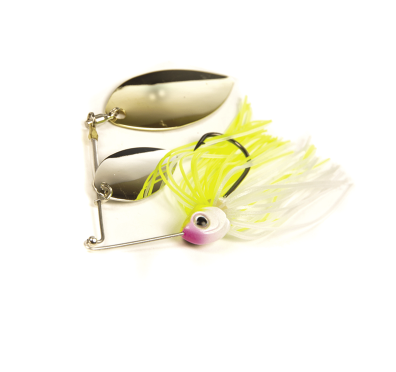
The barfish pattern will carry anglers over to the final big fish pattern of the year. As the year closes, bass feed heavily. A time-tested big fish pattern on Lake Fork takes advantage of females, feeding on gizzard shad and crappie, schooled under bridges, crossing the mouths of creeks.
As is the case on any trophy bass fishery, Lake Fork guides know their clients expect big fish. Over the years, Pack and Tanner have learned to recognize seasonal changes in forage life cycles, placing their clients in those areas where the paths of specific forage species and big bass collide.
During the prespawn, use jigs to imitate crawfish on points and flats adjacent to creek channel swings.
For the early summer shad bite, throw a spinnerbait along grass edges and rocks, paying special attention to points that feature these cover types.
Originally published May 2012




